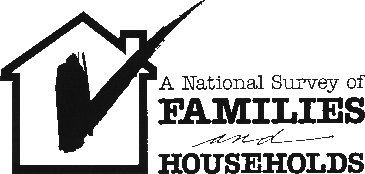|
|
||
|
|
||
|
|
|
|
Content Outlines |
|||
Codebooks and Data Access |
|||
|
|
|
|
|
|
|
(May 25, 2018) NSFH Wave 2 is now fully curated at ICPSR. Users can download ASCII, R, tab-delimited, SPSS, SAS, and Stata data files, as well as PDF versions of the study documentation. NSFH2 data and document files are also available from the Data and Information Services Center's Online Archive. |
WAVE 2 CODEBOOK AND DATA FILES
CODEBOOKS |
|
Main Interview Codebook Files SE Codebook Files Status Codebook Files Note to users: wave 2 status data file is replaced by outcome status of interviews (T1T2T3Status) data file in wave 3. Constructed Variable Codebook Files Parent Interview Codebook Files Focal Child Codebook Files Proxy Codebook Files |
INTERVIEW SCHEDULES |
| Main Interview Schedule Self-Enumerated Parent Interview Schedule Child Interview Schedules |
SKIPMAPS |
|
Main/Spouse
Interview |
Helpline: nsfhhelp@ssc.wisc.edu . More information on USER SUPPORT.
